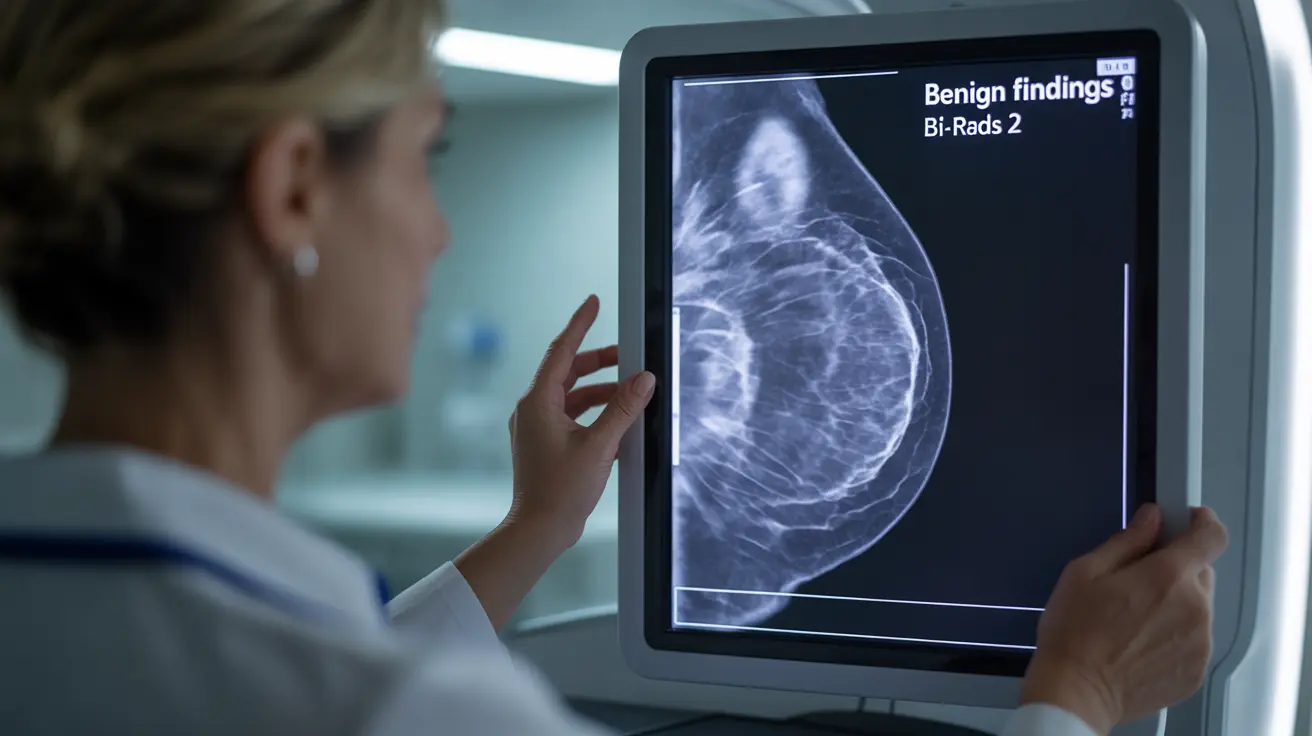Postprandial hyperglycemia, a condition characterized by high blood sugar levels after eating, is a common concern for individuals with diabetes or those at risk of developing the disease. This article will explore the symptoms, management strategies, and potential health risks associated with postprandial hyperglycemia, as well as provide insights into how diet, lifestyle, and stress management can play crucial roles in controlling this condition.
Whether you've recently been diagnosed with diabetes or are simply looking to maintain better blood sugar control, understanding postprandial hyperglycemia is essential for your overall health and well-being. Let's delve into the key aspects of this condition and learn how to effectively manage it.
Recognizing the Symptoms of Postprandial Hyperglycemia
Identifying the signs of postprandial hyperglycemia is crucial for early intervention and management. While symptoms can vary from person to person, there are some common indicators to watch out for:
- Increased thirst
- Frequent urination
- Fatigue or weakness
- Blurred vision
- Headache
- Difficulty concentrating
These symptoms typically occur within 1-2 hours after eating a meal, particularly one high in carbohydrates. If you consistently experience these symptoms after eating, it's important to consult with your healthcare provider for proper diagnosis and treatment.
Managing Postprandial Hyperglycemia Through Diet and Lifestyle Changes
Effectively managing postprandial hyperglycemia often involves making strategic changes to your diet and lifestyle. Here are some key strategies to consider:
Balanced Meal Planning
Creating well-balanced meals can help minimize blood sugar spikes after eating. Focus on incorporating:
- Lean proteins
- Healthy fats
- High-fiber vegetables
- Complex carbohydrates in moderation
By combining these food groups, you can slow down the absorption of glucose and help maintain more stable blood sugar levels.
Portion Control
Controlling portion sizes is crucial in managing postprandial hyperglycemia. Using smaller plates, measuring servings, and being mindful of hunger cues can help prevent overeating and reduce the likelihood of significant blood sugar spikes after meals.
Regular Physical Activity
Engaging in regular exercise can improve insulin sensitivity and help your body utilize glucose more effectively. Aim for at least 150 minutes of moderate-intensity aerobic activity per week, as recommended by health professionals. Additionally, taking a short walk after meals can be particularly beneficial in reducing postprandial blood sugar levels.
Long-Term Health Risks of Untreated Postprandial Hyperglycemia
If left unmanaged, postprandial hyperglycemia can lead to serious health complications over time. Some potential long-term risks include:
- Cardiovascular disease
- Kidney damage
- Nerve damage (neuropathy)
- Eye problems, including diabetic retinopathy
- Increased risk of stroke
These risks underscore the importance of proactive management and regular monitoring of blood sugar levels, especially after meals. Working closely with your healthcare team to develop an effective management plan is crucial in preventing these long-term complications.
The Impact of Stress on Postprandial Hyperglycemia
Stress can significantly influence blood sugar levels, potentially exacerbating postprandial hyperglycemia. When you're stressed, your body releases hormones like cortisol and adrenaline, which can cause blood sugar levels to rise. To manage stress and its impact on blood sugar:
- Practice relaxation techniques such as deep breathing, meditation, or yoga
- Engage in regular physical activity
- Ensure adequate sleep
- Consider counseling or support groups if needed
By incorporating stress management techniques into your daily routine, you can help mitigate the effects of stress on your blood sugar levels and overall health.
Foods and Nutrients That May Help Reduce Postprandial Hyperglycemia
Certain foods and nutrients have been shown to have a positive impact on blood sugar control, potentially helping to reduce the risk of postprandial hyperglycemia. Consider incorporating the following into your diet:
- Fiber-rich foods (e.g., leafy greens, berries, whole grains)
- Lean proteins (e.g., chicken, fish, tofu)
- Healthy fats (e.g., avocados, nuts, olive oil)
- Cinnamon (may help improve insulin sensitivity)
- Vinegar (some studies suggest it may help lower postprandial glucose levels)
Remember to consult with a registered dietitian or your healthcare provider before making significant changes to your diet, especially if you have diabetes or are taking medications that affect blood sugar levels.
Frequently Asked Questions
- What are the symptoms of postprandial hyperglycemia, and how can I recognize them?
Symptoms of postprandial hyperglycemia typically include increased thirst, frequent urination, fatigue, blurred vision, headache, and difficulty concentrating. These symptoms usually occur within 1-2 hours after eating. If you consistently experience these symptoms after meals, consult your healthcare provider for proper evaluation.
- How do I manage postprandial hyperglycemia through diet and lifestyle changes?
Managing postprandial hyperglycemia involves balanced meal planning with a focus on lean proteins, healthy fats, and high-fiber vegetables. Practice portion control, engage in regular physical activity, and consider taking short walks after meals. Work with a healthcare professional to develop a personalized management plan.
- What are the long-term health risks associated with postprandial hyperglycemia if left untreated?
Untreated postprandial hyperglycemia can lead to serious long-term health risks, including cardiovascular disease, kidney damage, nerve damage (neuropathy), eye problems like diabetic retinopathy, and an increased risk of stroke. Regular monitoring and proper management are crucial to prevent these complications.
- Can stress contribute to postprandial hyperglycemia, and if so, how can I manage stress to prevent it?
Yes, stress can contribute to postprandial hyperglycemia by causing the release of hormones that raise blood sugar levels. To manage stress, practice relaxation techniques like deep breathing or meditation, engage in regular exercise, ensure adequate sleep, and consider counseling or support groups if needed.
- Are there any specific foods or nutrients that can help reduce the risk of postprandial hyperglycemia after meals?
Foods and nutrients that may help reduce the risk of postprandial hyperglycemia include fiber-rich foods, lean proteins, healthy fats, cinnamon, and vinegar. However, it's important to consult with a healthcare provider or registered dietitian before making significant dietary changes, especially if you have diabetes or are on medication.




